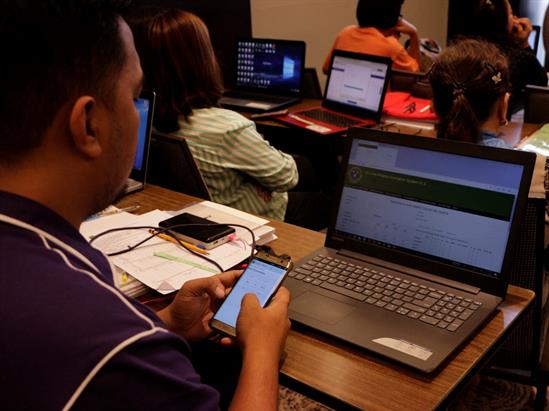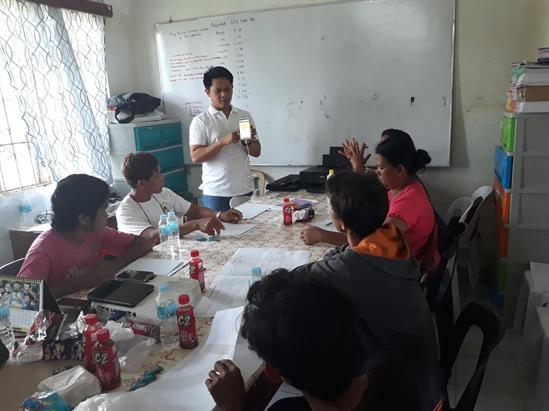The malaria situation in the Philippines has rapidly evolved over the years. Since 2005, the country has reduced the malaria cases by 92% and the deaths by 98%. In 2018, a total of 50 out of 82 provinces were officially declared malaria-free. The remaining cases are concentrated in hard-to-reach areas of the Philippines, mostly in Palawan.
To further drive down this number and reach the global target of reducing the malaria case incidence by 90% by 2030, the Department of Health is strengthening the systems of surveillance, reporting and recording through an online malaria information system. This initiative is supported by the World Health Organization (WHO).
“Though a number of systems are currently running, what we needed was a more robust and comprehensive technology with the ability to provide real-time recording and reporting of data,” explained Dr Gawrie Galappaththy, Medical Officer on malaria and other vector-borne and parasitic diseases of WHO Philippines. “This technology will support the Philippines in its journey towards malaria elimination.”
The online malaria information system (OLMIS) is a web-based system which serves as a tool for data collection, processing, reporting and the use of information complementing the Philippines’ malaria elimination strategy. OLMIS has been developed to ensure the ease of access for users since it has an application for Android-based mobile phones and the web.

A malaria provincial coordinator tries out the data submission feature of the online malaria information system during the orientation for Davao Center for Health and Development. Data submission allows the user to transmit the data encoded in the app to the OLMIS web platform. Photo: PSFI/I. Montederamos
With the app on hand, health workers can easily record diagnosis and treatment data so that immediate notification can be made to trigger appropriate response. It works on offline mode as well which makes it usable for remote areas with little to no to mobile signals. The users from the level of the municipality, province, and region to the national can access real-time malaria data coming from the field.
“The OLMIS app is handy and we can easily enter patient data even if we do not have internet,” said Vilma Godoy, the malaria focal point in Southern Palawan Provincial Hospital, Brooke’s Point, Palawan. “The web-based version is also good because it immediately generate graphs from the cases encoded.”
The system is currently in the final stages of field testing and development. In a recent field test in the Municipality of Rizal, Palawan, health workers and laboratory personnel were able to check and verify remaining errors, gaps and missing functionalities. The results from this test will help improve the online malaria information system. While still not on its final version, orientation for OLMIS is now being done to the remaining eight provinces with ongoing indigenous case transmission while the full implementation of the system will happen on January 2019.

“It is my first time to use an Android device. It was difficult at first but I was able to manage,” said Apolonia Cortaje, malaria microscopist in Barangay Bunog, Rizal, Palawan. “The OLMIS can help us in easily recording the tests we perform.”




